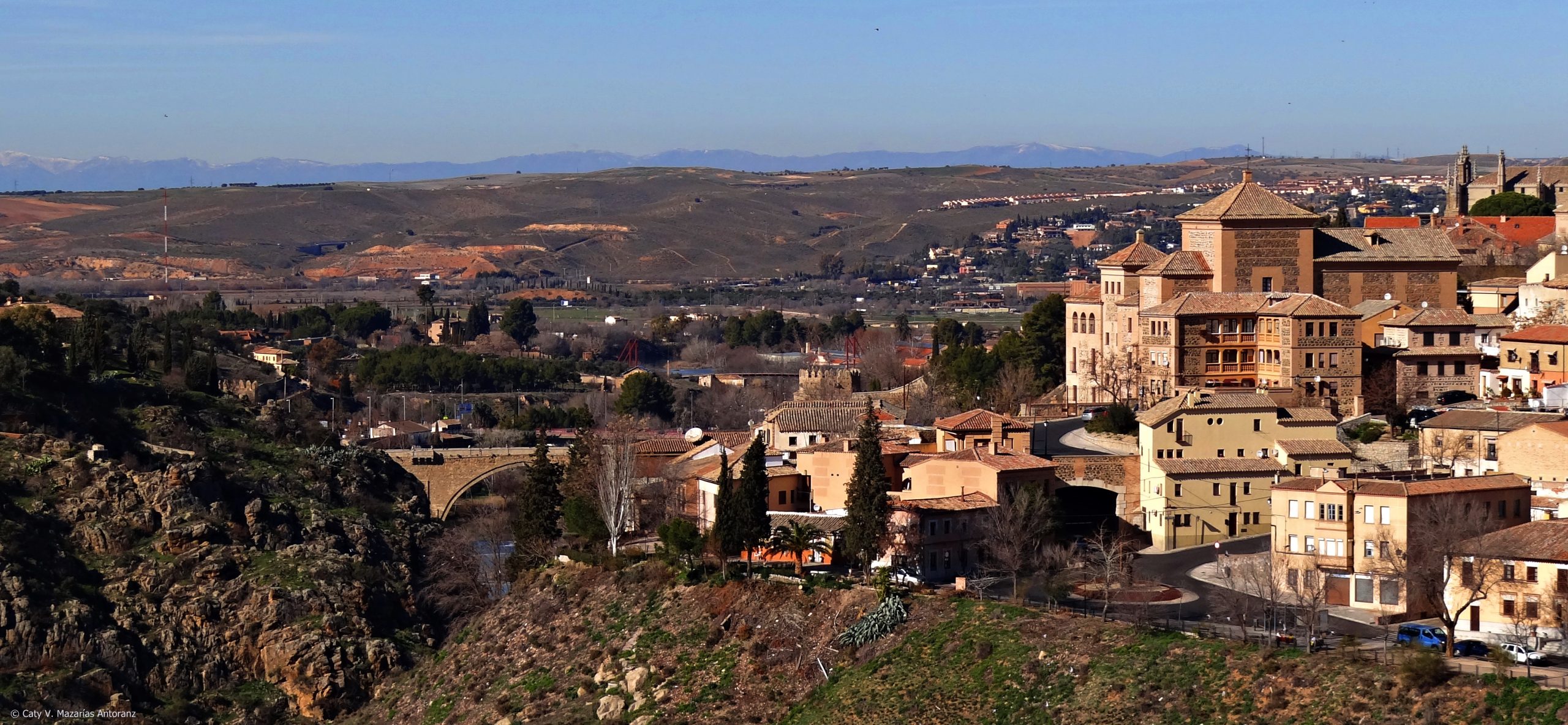UNESCO World Heritage listings can be a major boost for a tourist destination, ensuring a steady stream of visitors to the area. The UNESCO World Heritage rating is an international recognition given to sites and areas that are deemed to have outstanding universal value. Achieving this rating means that the destination has met certain criteria based on cultural, historic, and natural significance.
The process of obtaining a UNESCO World Heritage listing is lengthy and rigorous. Applicants must submit detailed information about the site or area in question, including its history, culture, and environment. This then goes through an extensive evaluation by experts in the field before it is accepted for a World Heritage status.
Once a site or area has been granted World Heritage status, it receives international attention and recognition. This can have many positive impacts on its local economy as the designation encourages more tourists to visit the area.
It also helps raise awareness of the importance of preserving such sites for future generations to enjoy. Furthermore, it can provide resources from international organizations to help protect and maintain these sites for future generations.
In addition to increased tourism, obtaining a UNESCO World Heritage rating can also bring about other economic benefits such as increased investment in infrastructure, jobs related to tourism and conservation management, higher property values in surrounding communities, and improved access to international markets.
Tourists who visit these sites also often leave with a greater appreciation of heritage values than they had prior to visiting them – making them more likely to advocate for their conservation in the future. This is especially important due to the fact that many UNESCO World Heritage sites are threatened by development or other issues such as climate change that require urgent action if they are going to survive over time.
In conclusion, achieving a UNESCO World Heritage rating can be hugely beneficial for any tourist destination as it brings both economic and social advantages while also helping raise awareness of important heritage values around the world. How Does a UNESCO World Heritage Rating Affect a Tourist Destination? A UNESCO World Heritage rating provides an excellent opportunity for any tourist destination as it brings increased attention from both domestic and international visitors which in turn helps stimulate their local economy through increased investment in infrastructure, jobs related to tourism and conservation management as well as increased property values in surrounding communities. Additionally, obtaining this rating helps raise awareness about important heritage values around the world which is crucial for protecting these sites from development or other issues such as climate change over time so they can continue to be enjoyed by future generations
9 Related Question Answers Found
One of the most sought-after tourist destinations around the world is a UNESCO World Heritage Site. These sites are recognized and protected for their unique cultural and natural significance, and often represent some of the most beautiful places in the world. From ancient ruins to unique ecosystems, these sites are havens of exploration and discovery.
Branding a tourist destination is an important step in the tourism industry. It can help to attract tourists and make the destination more memorable. A successful branding strategy involves understanding the Target audience, researching the competition, creating a unique identity, and developing a strong messaging platform.
Choosing a tourist destination can be overwhelming due to the sheer number of options available. With so many spectacular spots around the world, it is important to narrow down your choices and consider the best criteria for selecting a tourist destination. One of the most important factors to consider when selecting a tourist destination is budget.
A responsible tourist destination is a place that understands the importance of sustainable tourism and works to protect its local environment, culture, and economy while also providing visitors with a memorable experience. It is one that strives to minimize any negative impacts of tourism on the environment, local culture, and local businesses. Responsible destinations are those that strive to make sure their visitors have a positive impact on the community they visit and leave with a lasting impression.
A tourist destination is a place where people visit for leisure, business or personal reasons. It is a place that is attractive to travelers and offers a wide range of activities and experiences. The definition of what makes a destination desirable can vary from person to person, but there are some common elements that all successful tourist destinations have in common.
A tourist destination is a place that attracts tourists. Tourist destinations can be cities, towns, natural wonders, amusement parks, monuments, and other attractions. While many tourist destinations are known for their natural beauty or cultural significance, some are simply popular holiday spots.
Tourism is a rapidly growing industry, and destinations around the world are vying for the attention of travelers. Understanding what factors make a tourist destination attractive is essential for any government or organization looking to promote their area as a desirable place to visit. The basic factors of tourist destination can be broken down into three categories: natural, cultural and economic.
A tourist destination is a place that people visit for recreational and leisure purposes. This can include anything from a beach resort to a mountain ski area, or even a city or town. Tourist destinations are chosen for their natural beauty, interesting history, and great amenities.
When travelers plan a vacation, they often search for tourist spots or tourist destinations. The two terms are often used interchangeably, but there is a difference between the two. A tourist spot is a particular place or attraction that tourists may visit, while a tourist destination is a larger area that has multiple attractions and activities to offer visitors.

